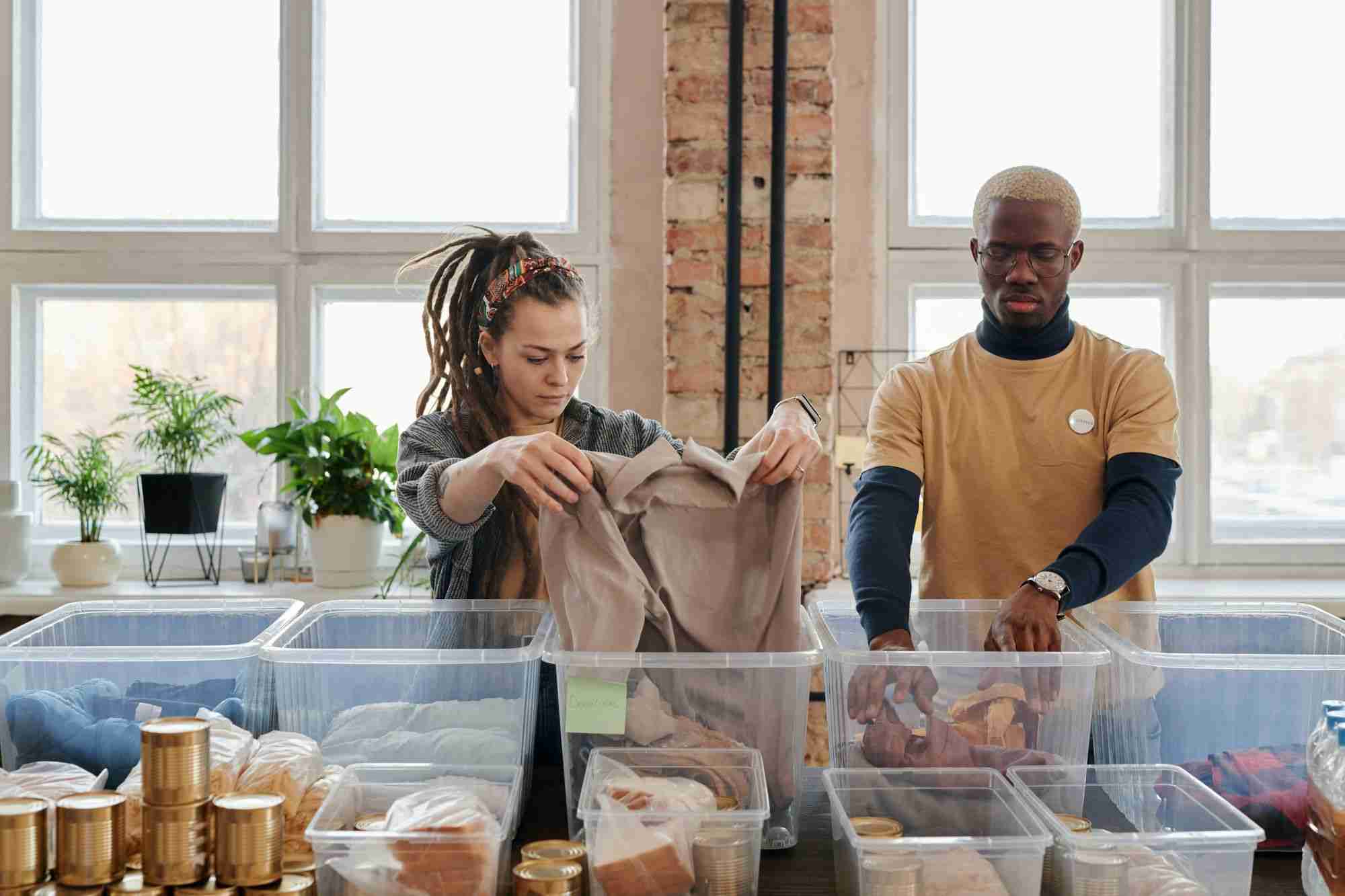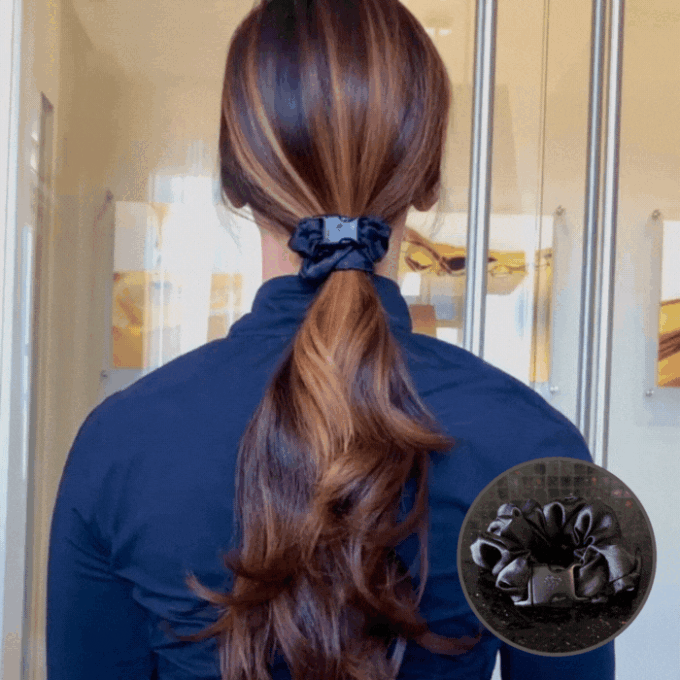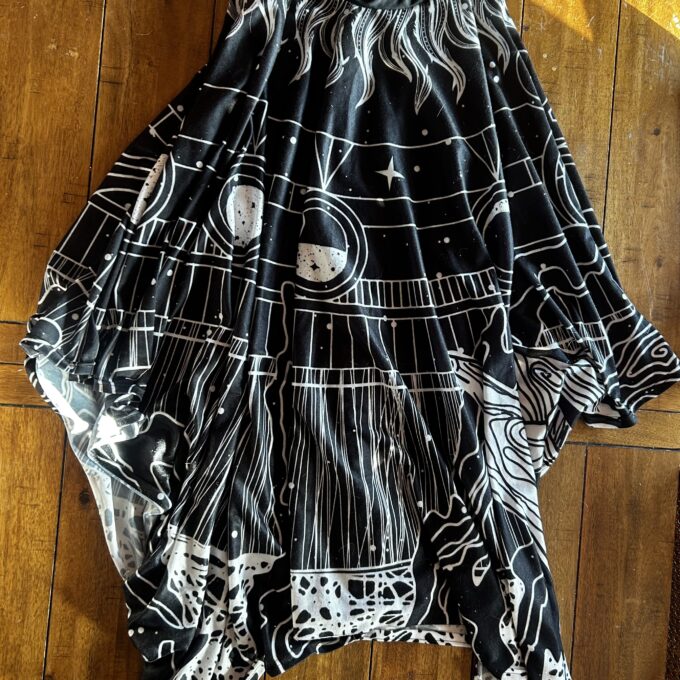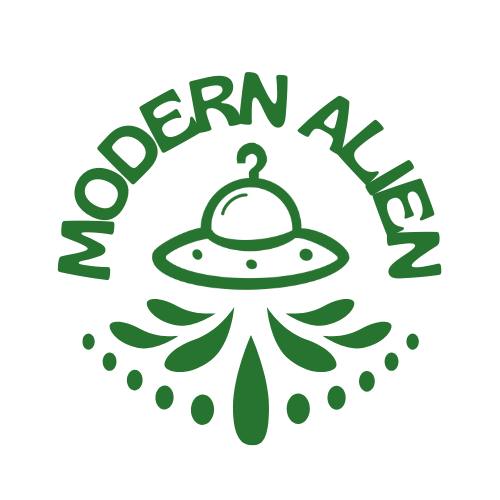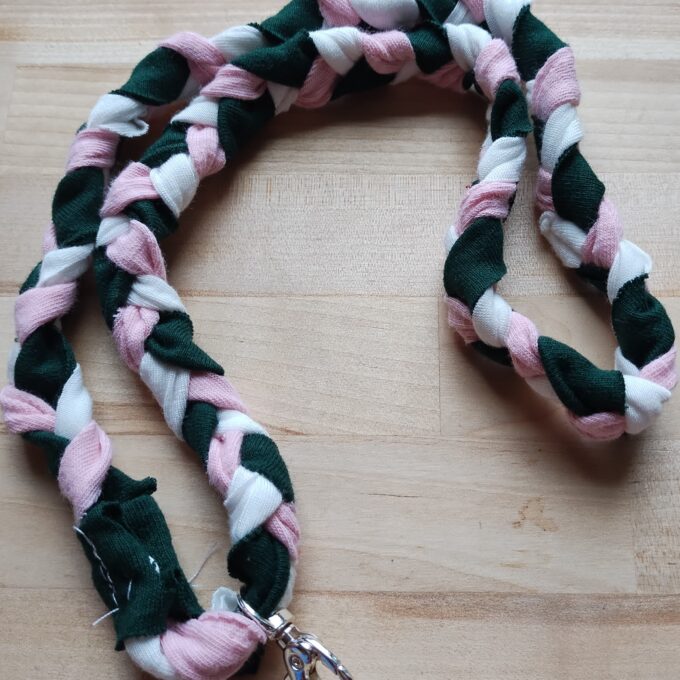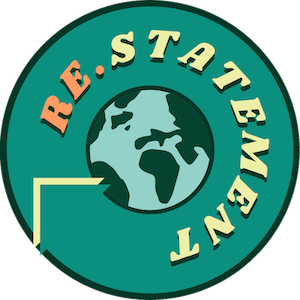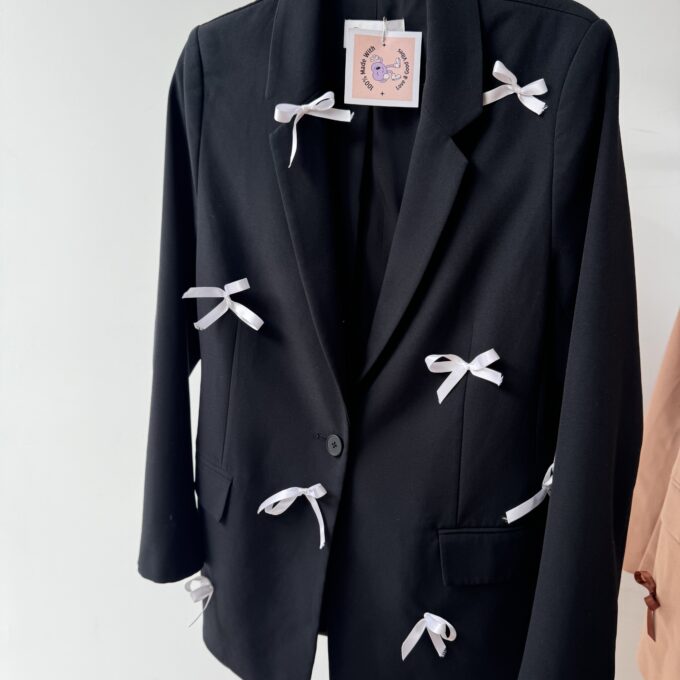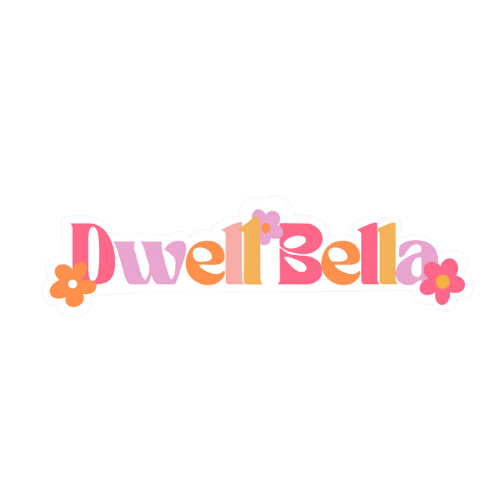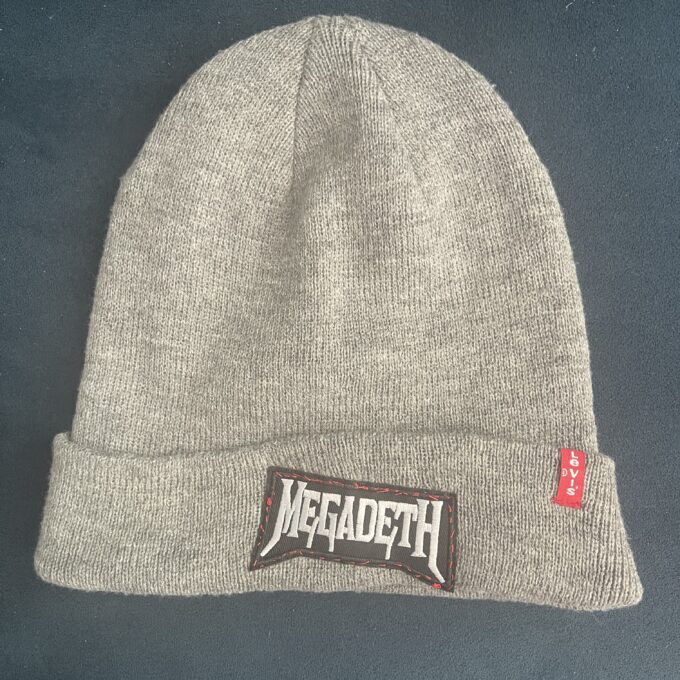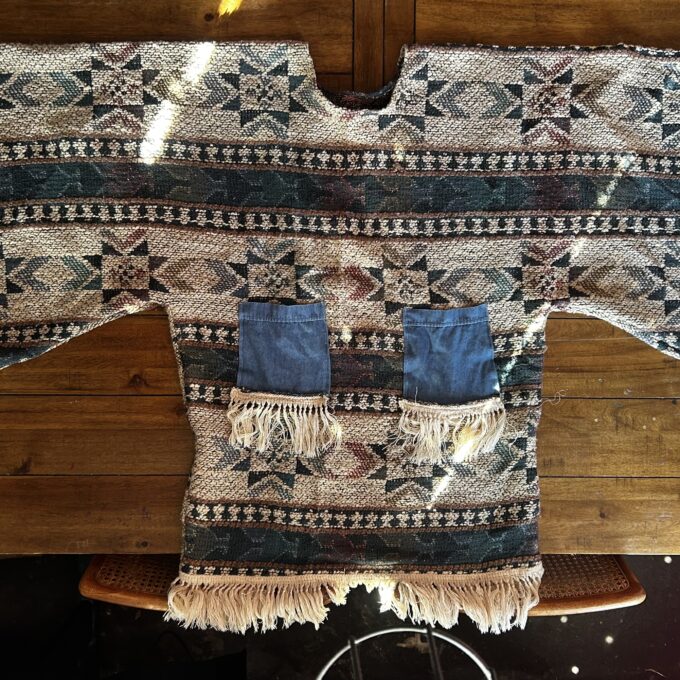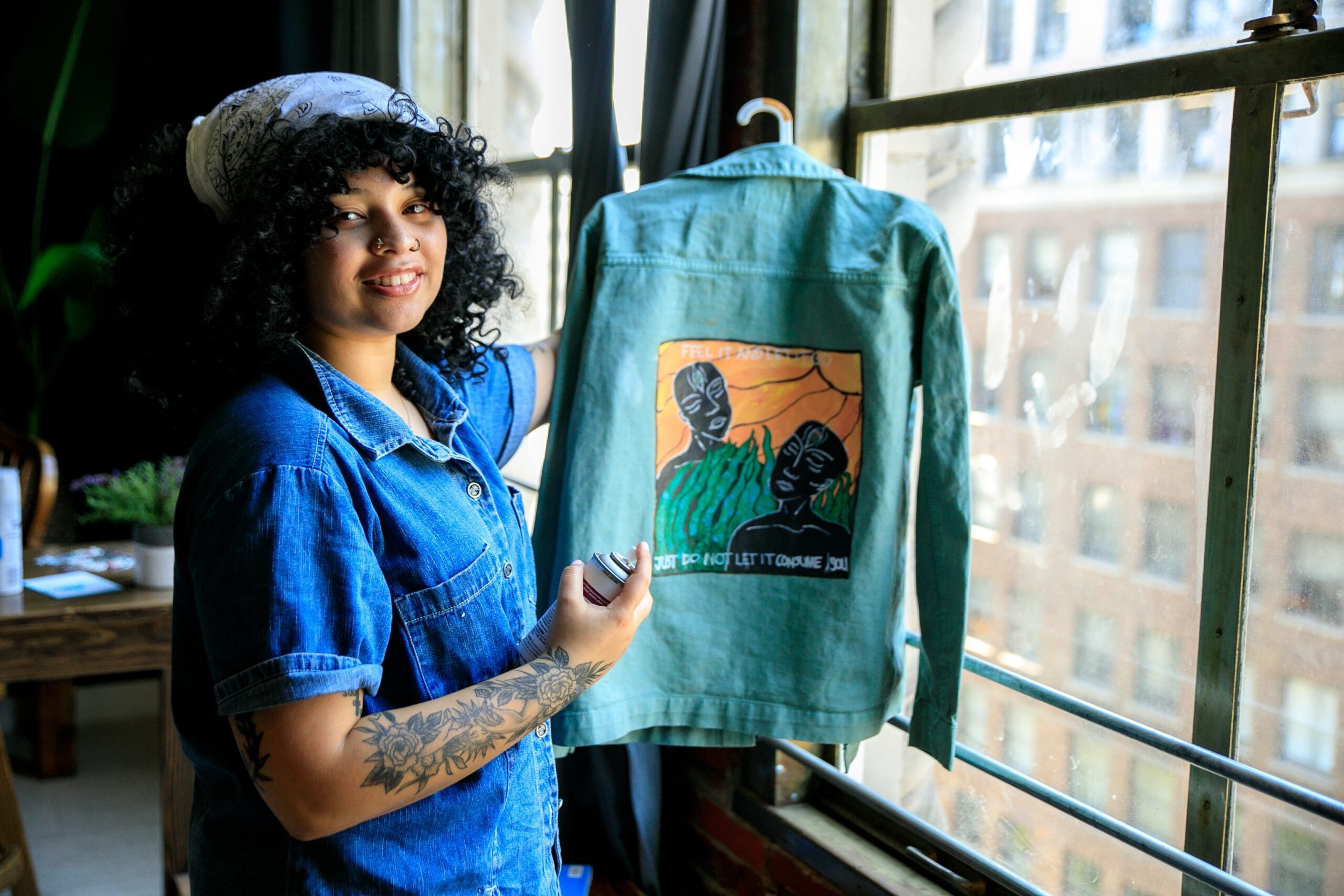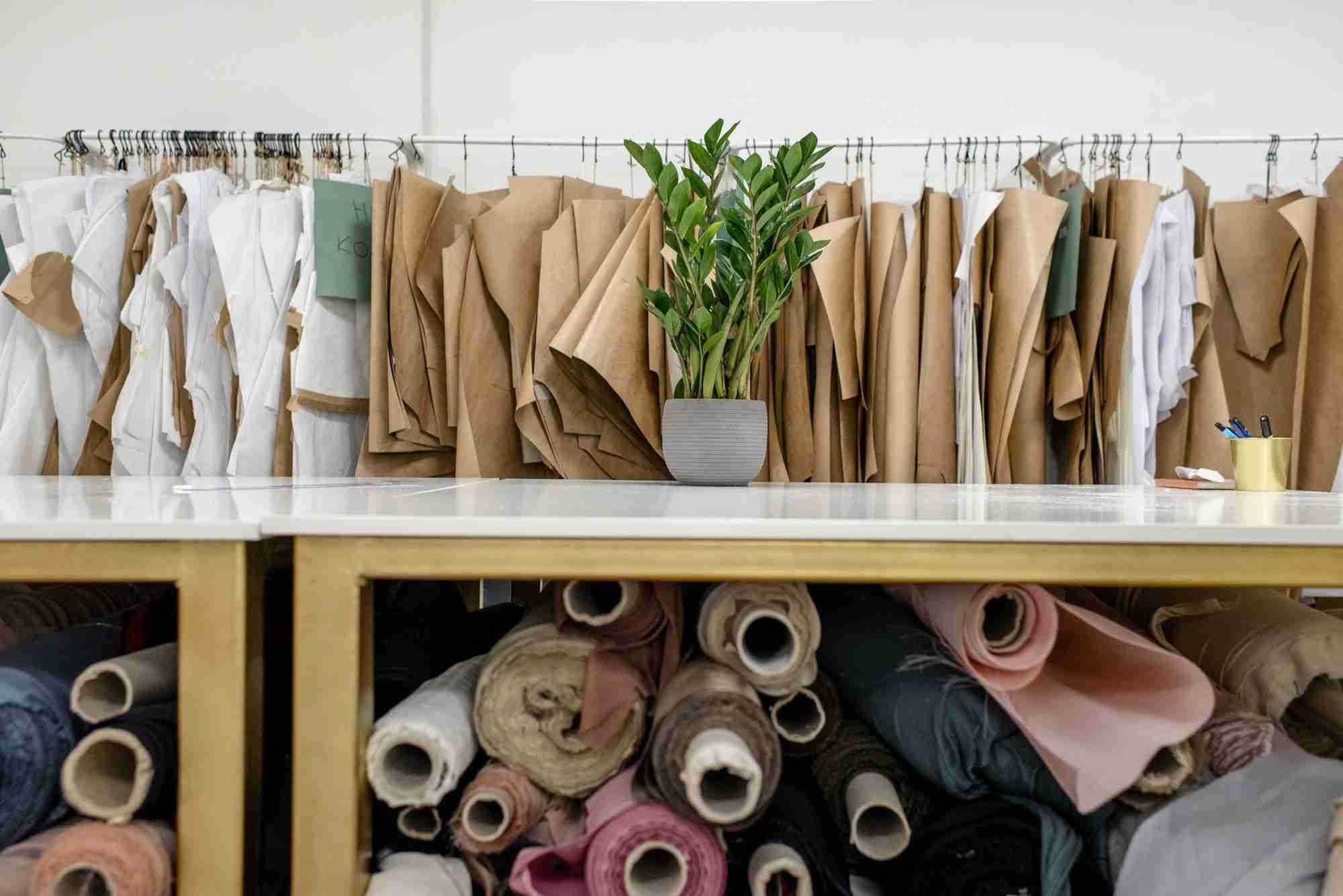Most of us are familiar with the term “upcycling” by now. It’s a process that takes old or unwanted clothing and turns them into something useful and beautiful again. Taking this one step further, upcycled marketplaces and resale fashion are a growing trend that has been making headlines for being more sustainable than your average shopping experience.
On the other hand, there’s also the traditional thrift store experience which you might have more access to in your area. So, which is better: upcycled clothing or thrifted clothing? Which is better for you, the eco-conscious consumer? Which is better for the planet as a whole?
What is Upcycling?
Upcycling is a process in which something old and worn becomes useful and valuable again. In fashion, it’s the process of redesigning and repurposing various fabrics, threads, and other materials. The upcycled clothing industry is on the rise as more people are becoming eco-conscious consumers who don’t want to buy brand new items due to their environmental impact.
-
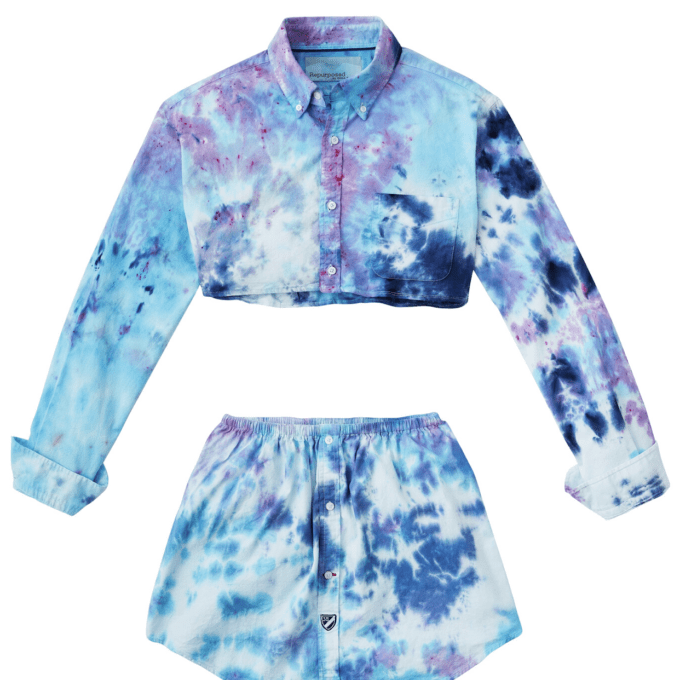 A-O-K two piece set with shirt and skirt – blue, purple, teal and pink hand tie dyed$116.56
A-O-K two piece set with shirt and skirt – blue, purple, teal and pink hand tie dyed$116.56 -
 Black Muumuu Crop Top$38.56
Black Muumuu Crop Top$38.56 -
Sale Product on sale
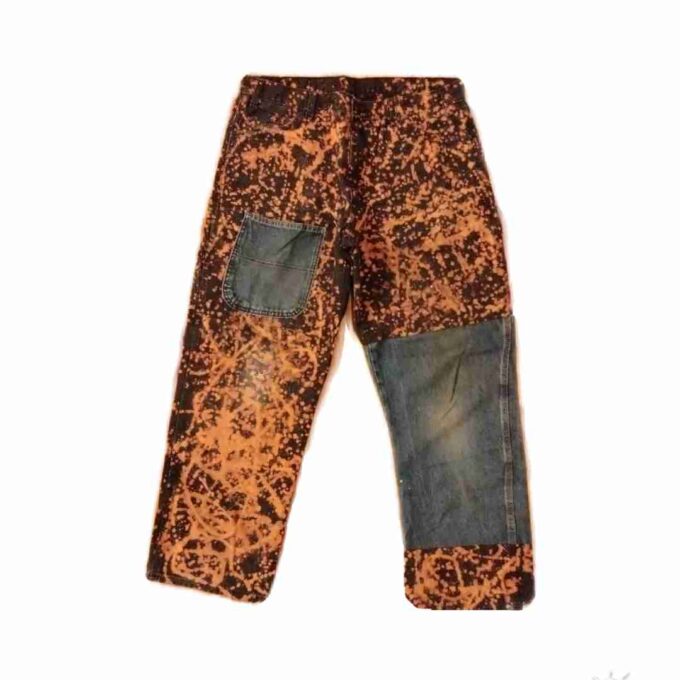 Black Beauty bleached carpenter and denim pants$122.11
Black Beauty bleached carpenter and denim pants$122.11$134.33 -
Sale Product on sale
 CITRUS JEANS Painted Denim Jeans$455.44
CITRUS JEANS Painted Denim Jeans$455.44$511.00 -
 Cyanotype Fern Print Bleached Summer Shorts$49.89
Cyanotype Fern Print Bleached Summer Shorts$49.89 -
Sale Product on sale
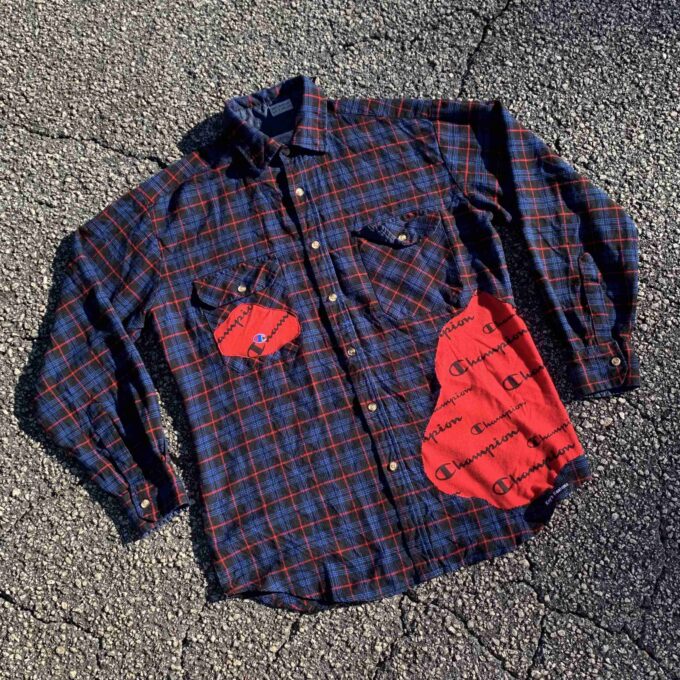 Champion flannel shirt$33.22
Champion flannel shirt$33.22$44.33 -
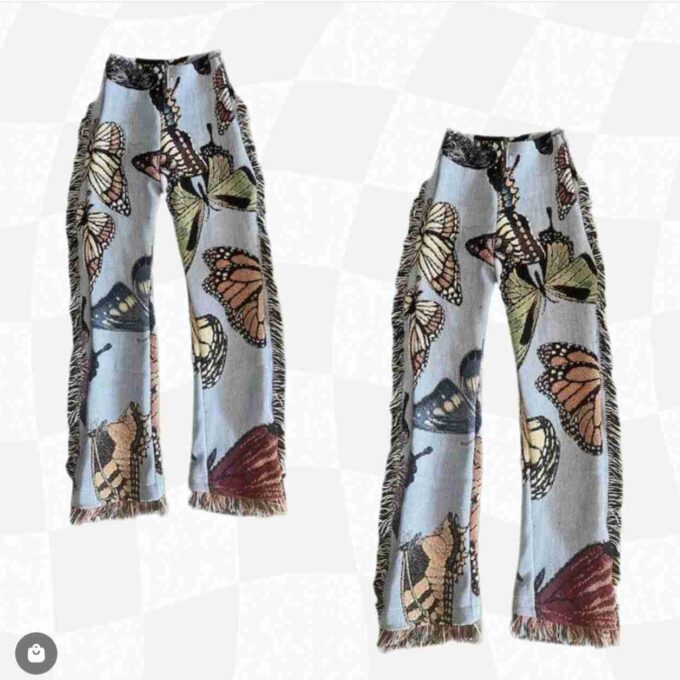 Butterfly Blanket Pants$194.33
Butterfly Blanket Pants$194.33
Many upcycled clothes are made from used fabrics of other full pieces of clothing. Many times, you’ll see a new shirt or pair of pants as an end product of creatively converging and combining different bits and pieces of other clothes, resulting in beautiful patterns and interesting textures. This eliminates the need for virgin resources, such as cotton or wool. That means that with fashion upcycling, you get a product that’s ethically (re)sourced with less impact on the environment.
What is Thrift Shopping?
Thrifting, in this context, is shopping for quality, usually used clothing at a lower cost. Thrift stores are often filled with a variety of items: furniture, clothes, toys, and other goods. If you have time to search through racks of clothes or piles of old board games, then you might be able to find some great deals.

Thrift shopping can be fun, and even thrilling, because each trip to the thrift store is an exciting new adventure. You never know what you’re going to find. There is a kick from hunting for a good deal or a kind of shirt you didn’t even know you were looking for.
The Benefits of Upcycled Clothing
We’ve all seen the differences in quality between the thrift store clothes and those that you purchase from a fashion (re)designer or rebuild on your own. Oftentimes, the thrifted clothes are older, more worn, and out of style. But upcycled clothing is often made from better quality fabric and materials, which leads to longer lasting garments. There is also a higher sense of originality, creativity, and trendiness to upcycled fashion.
Another benefit of upcycled clothing is that they can be more valuable than a typical thrift store find. Since upcycled clothing is made from higher-quality materials and designed by artists, these garments are generally more expensive than your average thrift store finds. When you DIY repurpose a piece of clothing at a lower price point (or even free!), it will be way more loved than your average garment found at a thrift shop and be more affordable. The investment will be worth it in the long run!

Drawbacks of Upcycled Clothing
If you are upcycling your own clothes, the process takes time and money. Not only does it take more time to create a piece of clothing, but the cost of learning how to sew and upholster clothes gets pricey. Most people who buy secondhand clothes are attracted to the idea that they’re saving money. However, while thrift stores may charge a couple of dollars less than upcycled marketplaces, you can also find deals at upcycled clothing stores that are a way more unique, worthwhile investment than your average thrift store.
Upcycling clothes can be extremely wasteful as well. Upcycling requires that you use many different types of materials, like t-shirts or denim jeans, and then only use parts of those materials to make new items. This means that some pieces may go unused and get thrown in the trash because they don’t fit into any other project.
When it comes to shopping for upcycled clothing from large companies refurbishing their products for “sustainability” efforts, the process of upcycling often requires intensive labor in areas with low wages and few worker rights protections where workers may be exposed to toxic chemicals like formaldehyde without adequate protection or training for handling hazardous substances. These larger brands may be guilty of “greenwashing” or making environmental-related claims without actually providing evidence for the sake of their annual impact reports, investors, and public reputation.
The Benefits of Thrifted Clothing
It’s important to note that not everything you find at a thrift store is secondhand, so oftentimes, you can find something that is brand new at a discounted price. Many of the items in thrift stores are donated by people who have finished using them and want to pass them on to someone else. Your average retail store doesn’t really do this, unless they open their own outlet or clearance section.
Thrift stores can also offer an eclectic mix of products which can be fun for some shoppers. They might not carry the same clothes as many other stores, which means you’ll always find something different when you go in. If you’re shopping for a specific type of clothing, it might be a place worth checking out just to see what they have on hand before moving on to more traditional options.

Drawbacks of Thrifted Clothing
There are a number of drawbacks to shopping for clothes at secondhand stores. The clothes you find at a thrift store can be very old and out of style, which means you’ll have to spend time hunting for something you like. You might have to settle for an outfit that doesn’t fit well or is too big or small. These clothes could also be stained or damaged in some way, requiring you to put in extra work in order to clean them up before wearing them.
Another problem is that not all thrift stores are created with the environment in mind. 84% of all clothing donated to thrift stores ends up in landfills for being too low quality, not valuable or worth selling, or not popular enough to be bought. However, a growing number of thrift stores are sending their discarded clothes to textile recyclers, which then either chemically refine the clothes into industrial, new materials (expensive, high energy consuming) or ship clothes in massive freight containers overseas to developing countries (easier to do, but hurts their economies).
The Final Decision: Which is Better, Upcycled Fashion or Thrift Shopping?
This can be a tough decision, but here are a few points to consider:
- Upcycled clothing is better for the environment. By buying redesigned or repurposing your clothes, you’re reducing the amount of waste that goes into the landfill. The upcycling process doesn’t use any new materials, extra water, or significant amounts of additional energy. It doesn’t require additional harmful chemicals in order to produce clothing, and it reduces the need for harsh dyes in production.
- Upcycling clothing, like thrifted clothing, can be time consuming to search for. Whether it’s for extra materials or high quality clothes that fit your style, the search process can be tedious, but most upcycled fashion is online and you can buy new clothes on demand without having to hunt through racks at your local thrift store.
- There’s also an argument that all upcycled clothes are vintage clothing too, which means that all new items made from recycled materials are technically vintage pieces rather than “used” pieces. This may make people feel less guilty about buying them as they’re not seen as used goods or hand me downs – just as good as new!
Ultimately, both types of shopping offer unique benefits that deserve consideration when trying to determine what method works best for you. Better yet, you can continue balancing both!
When examining cost and environmental impact, upcycled fashion comes out on top with pretty great numbers on both fronts, especially considering new marketplaces that sell only unique, upcycled clothing. That being said, if looking good is your main priority then shop where the sustainable deals are – whether it’s in a store or online!
Conclusion
Determining the superior choice between upcycled fashion and thrift shopping is nuanced and depends on individual preferences. Upcycled clothing stands out for its direct positive environmental impact, utilizing materials creatively and reducing waste in the production process. However, thrifted fashion contributes to sustainability by extending clothing lifespans and offering affordable, diverse options, albeit with concerns about unsold items ending up in landfills. Both choices have merits worth considering, allowing consumers to make informed decisions based on personal priorities and values in their pursuit of sustainable fashion.
